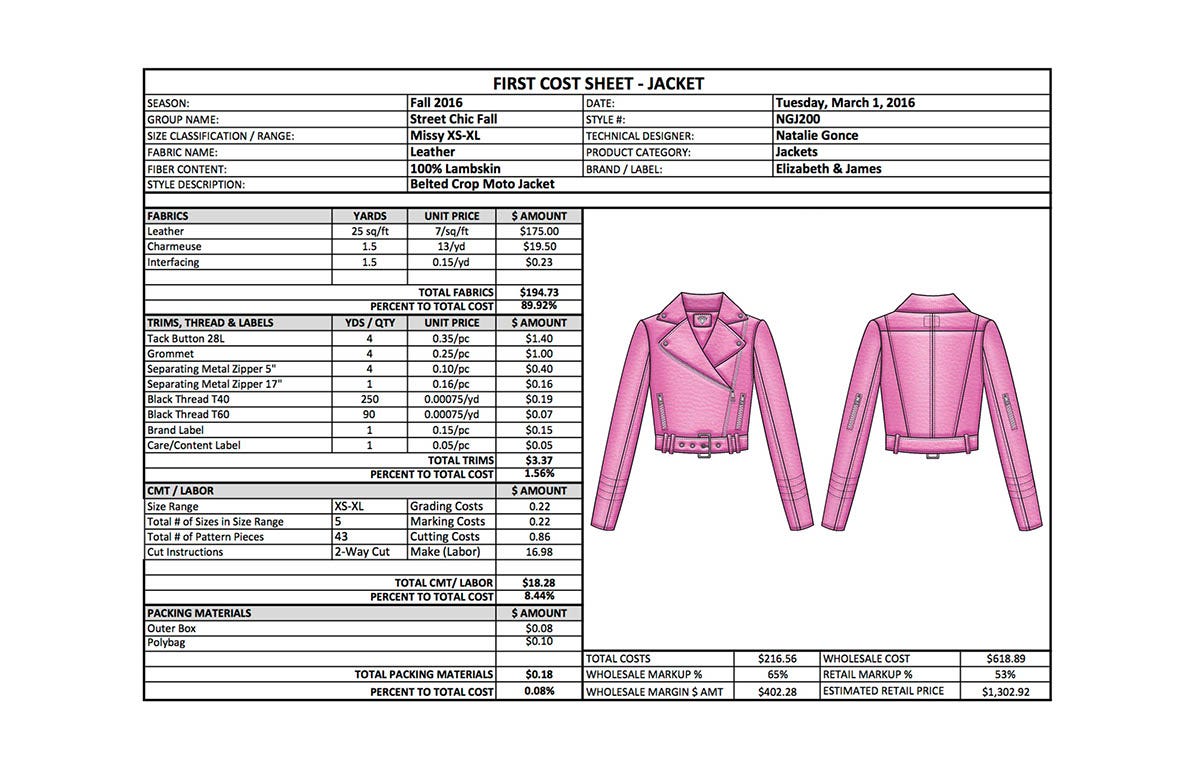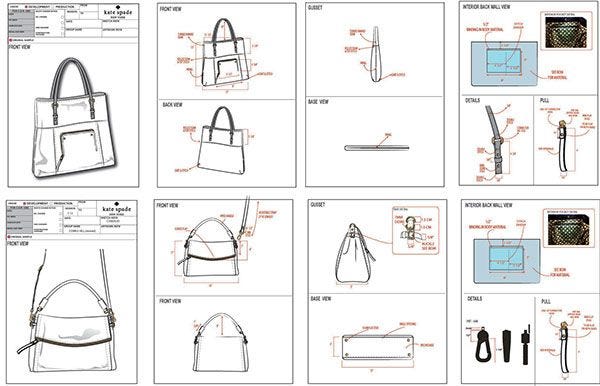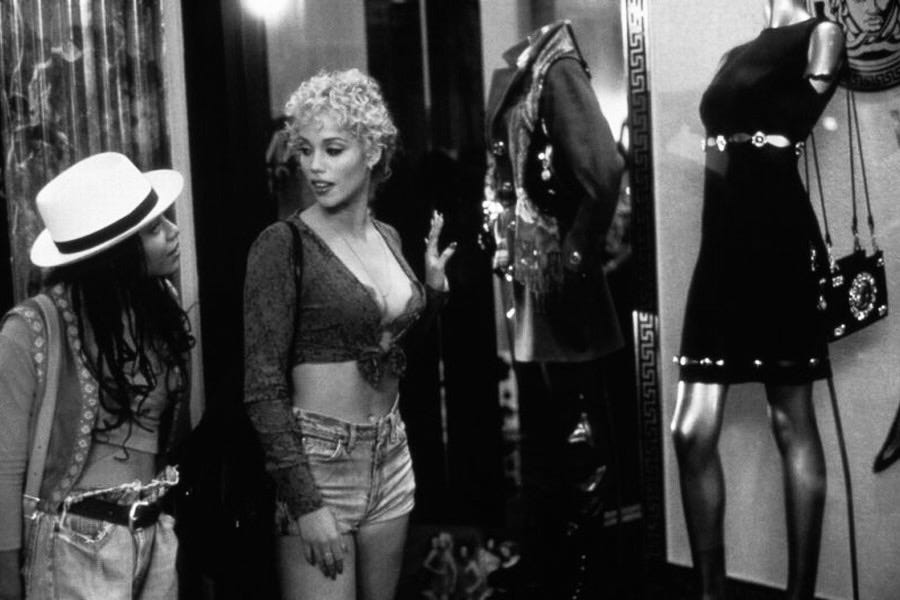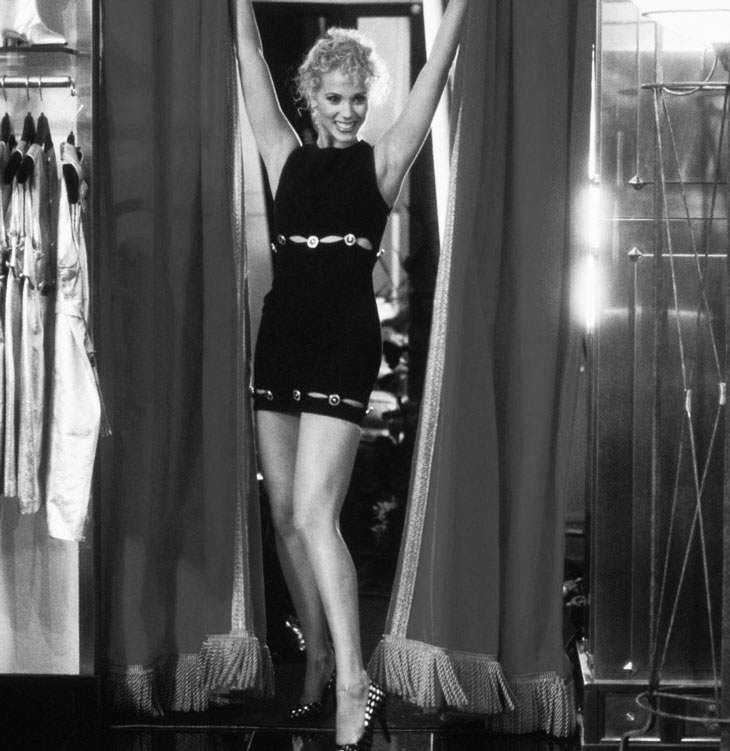"It's Versayce" ...A Pop Culture Take
The Revelation of Luxury Fashion: It’s Deeper Than You Think
Long before I became a tech founder, I was a student at the Art Institute of California–Hollywood. I was originally enrolled in Fashion Design before switching to Fashion Marketing, but not before making it through “Fundamentals of Construction” course, the prerequisite to all sewing classes.
I failed at execution (bless that Frankenstein’s monster of an apron), but what I gained was priceless: a fundamental understanding of the power of construction and the makings of a quality garment. I learned every basic stitches, how to make a pocket, and my absolute favorite- the bias-bound seam. That class taught me to respect the art of a clean drape, the architecture behind pattern pieces, and the kind of stitch that could survive both time and your washing machine.
This class was eventually followed up with classes like textiles, retail buying, history of fashion and color theory. I thoroughly enjoyed my curriculum as stressful as it was. Running around every quarter gathering materials from JoaAnn’s Fabric Store (rip) and Staples for prints. I had passionate and amazing teachers that worked in their fields and relayed their expertise from large retailers to boutique brands. If only the financial aid department had been as adept but that’s another time dahling.
So when I see these so-called “hot takes” online like “Clothes aren’t that serious, who cares?” I gasp in Miranda Priestly. Because the truth is, fashion is serious. I’ll spare you all the philosophicals about personal expression and physical presentation and we can talk straight tangibles.
The Fashion Industry generates trillions of dollars globally and employs millions of people across countless industries. From farmers harvesting raw materials such as cotton and linen. To the dye labs, a cauldron of indigo and textile experts. The design studios buzzing with photographers, models, editors and creative directors to marketing departments. How about those billion dollar legal teams dedicated specifically to fashion brands and its intellectual property. Fashion is that girl, make no mistake.
Lets get into design and a cover a few elements what makes a garment luxury vs. fast fashion
A tech pack (industry term for “technical package”) is the blueprint for your product. It includes all the detailed specs a manufacturer needs to accurately produce your design, such as:
Technical drawings/flat sketches
Measurements and sizing
Materials and trims
Construction details
Colorways
Label and packaging instructions
Bill of materials (BOM)
Fit comments and revision history
Even with newer tools like 3D design software (e.g., CLO3D, Browzwear), tech packs are still necessary to communicate precise details, especially when working with overseas factories or multiple production partners.
Luxury production will typically involve more complex construction techniques such as hand-finishing, single-needle stitching, and pattern-matching across seams. These garments may be assembled in smaller batches and sometimes made-to-order, allowing for greater attention to detail. The fabrics incorporated into these illustrious designs are often sourced from heritage mills or specific regions known for their mastery. Think Italian wool, Japanese selvedge denim, or French lace.
Beautiful embellishments like hand embroidery, specialty hardware, and custom linings also elevate the final piece. Even the way a luxury garment is pressed and packed carries significance. There are layers of intentionality from sourcing to collection concepts to stitching to final production. These elements are what make the difference between a $40 blazer and a $4,000 one. Luxury is a language of refinement, and every element of garment assembly is a word in that story.
Look at this tech pack for a bag. This is a core differentiator in quality. You can absolutely bet that a crossbody bag from Forever 21 will have a much simpler tech pack than a Marc Jacobs satchel. Let's not pretend we can't feel the difference between PU leather and buttery lambskin.
An even greater example is Hermes. Unlike mass production where multiple workers assemble different parts of a product, each Hermès bag is made start-to-finish by a single artisan.
Even the most skilled of artisans must undergo intensive in-house training at Hermès’ Leather Academy. The process can take up to 2 years before they are entrusted to make a full bag on their own.
They start by mastering saddle stitching, a method Hermès has used since their origins as equestrian outfitters. The remaining curriculum is as follows:
Precision hand cutting
Seam finishing
Edge dyeing
Hardware setting
Lining installation
Tool sharpening and maintenance
Everything is done by hand, and the tolerances are extremely strict — sometimes down to fractions of a millimeter. No detail is too small.
Now, every luxury brand is not Hermes, however, even if a fast fashion and a luxury retailer utilizes the same manufacturer, it doesn’t necessarily mean the garment assembly is similar.
And here’s the real ginger lemon tea: the only reason vintage and thrifting even exists is because of quality construction. You notice how a well-kept leather jacket from the 70s can still slap today with minimal restoration? That’s craftsmanship. That’s intention.
The fact that a garment or accessory can be passed down, resold, or rediscovered decades later is a testament to its design and build. The best pieces earn their patina. So yes, thrift. But thrift intelligently. Look for real materials, tight stitching, clean linings, and timeless shapes. That’s how you spot the heirlooms.
And while you’re at it, support your local dressmakers, leatherworkers, tailors, and textile artists. The folks keeping quality alive at the street level deserve just as much reverence as the heritage houses. Buying from them means you’re not just consuming, you’re preserving a legacy. You’re putting money into real hands, real studios, and real stories.
Because the truth is, luxury isn’t always about price and mass marketed brands. Sometimes, it’s about principle.
Which brings me to the China conversation.
Let’s quantum jump to China 2nd century BCE. War over a vast network of trade routes that connected East Asia to the Mediterranean is brooding between The Han Dynasty, The Parthian and Roman Empire. This wasn’t just about swapping spices and textiles. The was about power, global flexing if you will. This was an ecosystem for cultural exchange, technological innovation, luxury commerce, and economic diplomacy.
But guess one of the networks most prized commodities? Silk. As in the Silk Road. As in, the very fabric that still shows up in luxury collections today.
The Hans fought Xiongnu nomads in the north and west, who were notorious for attacking caravans and controlling strategic points. The Parthians controlled vital middle sections of the Silk Road and taxed the hell out of it. They weren’t trying to give anyone a direct route, especially not Rome.
The demand for Chinese silk was so high in Europe that it literally reshaped economies. Rome was obsessed. One indicator of wealth in Rome is if an individual could afford to wrap extra yards of fabric around their arm. It signaled to the peasants “I have coin to walk around carrying expensive fabric and a servant to hold my things while my hands are occupied”. It’s very much giving Lucretia from Spartacus.
Silk dominated this era. The Ottomans taxed it. The French tried to recreate it. It was soft power in its purest form — and China mastered the art of being indispensable through craftsmanship and commerce.
So when we talk about manufacturing in China today, let’s not erase centuries of skill, trade, and innovation. Chinese artisans and manufacturers have been perfecting their disciplines since before some European countries even existed. The idea that “Made in China” is inherently low quality is outdated and ignorant.
Commerce has always been cultural and we observe that dynamic alive and well today. China has always been a starting player in the luxury game. China is home to some of the world’s most advanced manufacturing facilities, especially in textiles, tech-integrated fashion, and luxury-level assembly.
Let us shallow dive into Versace, for example. The brand caught flak previously over a T-shirt that listed Hong Kong and Macau as separate countries from China. Backlash ensued in Chinese markets, reminding us that luxury brands aren’t just navigating aesthetics and customer approvals, they’re having to navigate politics, global sensitivities, and cultural fluency.
Brands like Dolce & Gabbana, Burberry, and Coach have all had their own controversies in China, often because of marketing missteps rather than product quality. It's no secret that media and propaganda often amplify and sensationalize scandals for dramatic effect. Once a narrative takes root in the media, confirmation bias kicks in and anything associated with it tends to reinforce the existing perception, regardless of accuracy. And yet, many of these same brands still produce some of their goods in Chinese factories but have been able to maintain their reputation of precision and craftsmanship.
Ultimately, luxury is less about geography and more about a brands philosophy and their uncompromising commitment to quality, detail, and legacy. As consumers become more informed, it’s essential to look beyond headlines and examine the values, processes, and artistry that truly define a brand’s integrity.
Sources:
History.com Editors.
"Silk Road." History, A&E Television Networks, 27 Oct. 2023, https://www.history.com/articles/silk-road.
National Geographic Education Staff.
"The Silk Road." National Geographic Education, National Geographic Society, https://education.nationalgeographic.org/resource/silk-road/
"Silk Road."
Encyclopædia Britannica, Encyclopædia Britannica, Inc., https://www.britannica.com/topic/Silk-Road-trade-route.
Roman, Luke.
"Four Powerful Empires of the Silk Road." The Collector, 25 Dec. 2023, https://www.thecollector.com/four-empires-silk-road/.
"Sino-Roman Relations."
Wikipedia: The Free Encyclopedia, Wikimedia Foundation, https://en.wikipedia.org/wiki/Sino-Roman_relations.
"The Silk Road."
Khan Academy, Khan Academy, https://www.khanacademy.org/humanities/world-history/ancient-medieval/silk-road/a/the-silk-road.
The Metropolitan Museum of Art.
"Trade between the Romans and the Empires of Asia." The Met Museum, https://www.metmuseum.org/essays/trade-between-the-romans-and-the-empires-of-asia
Jones, Jonathan.
"The Silk Road Still Casts a Spell – but Was the Ancient Trading Route Just a Western Invention?" The Guardian, 6 Oct. 2024, https://www.theguardian.com/artanddesign/2024/oct/06/the-silk-road-still-casts-a-spell-but-was-the-ancient-trading-route-just-a-western-invention.
"L’École Hermès des savoir-faire." Hermès USA, https://www.hermes.cn/us/en/content/289149-ecole-hermes-savoir-faire/.
"The Role of Hermès Artisans in the Production Process." labelssupreme, https://labelssupreme.com/the-role-of-hermes-artisans-in-the-production-process/.
"In-Depth | How Does Hermès Cultivate the “Next Generation” of Artisans?" LUXEPLACE, https://luxeplace.com/in-depth-how-does-hermes-cultivate-the-next-generation-of-artisans/.









Well presented! There is always an ethnic superiority narrative and the realities of forced labor that influences perceptions.